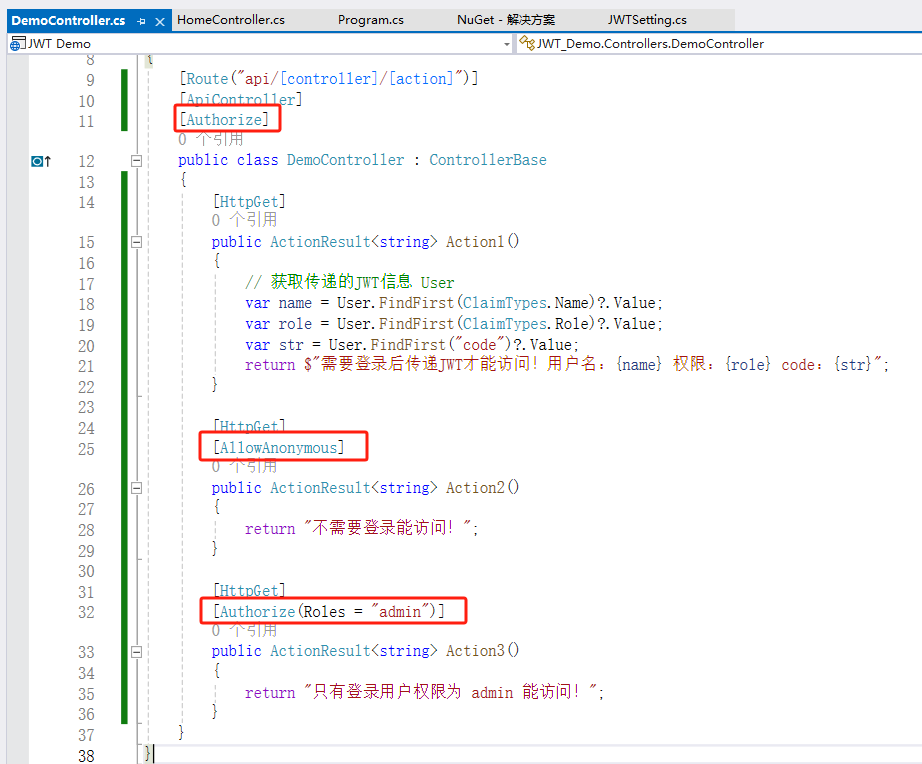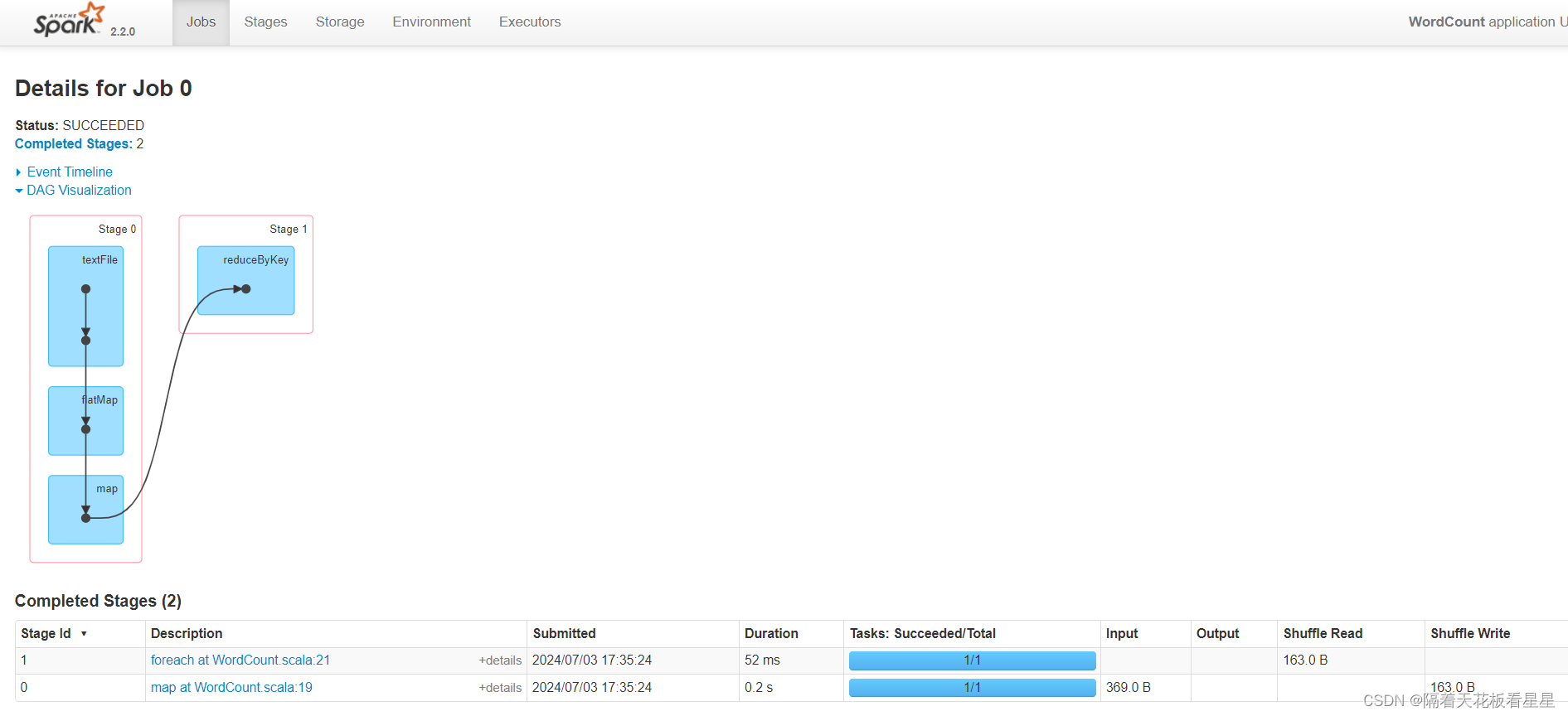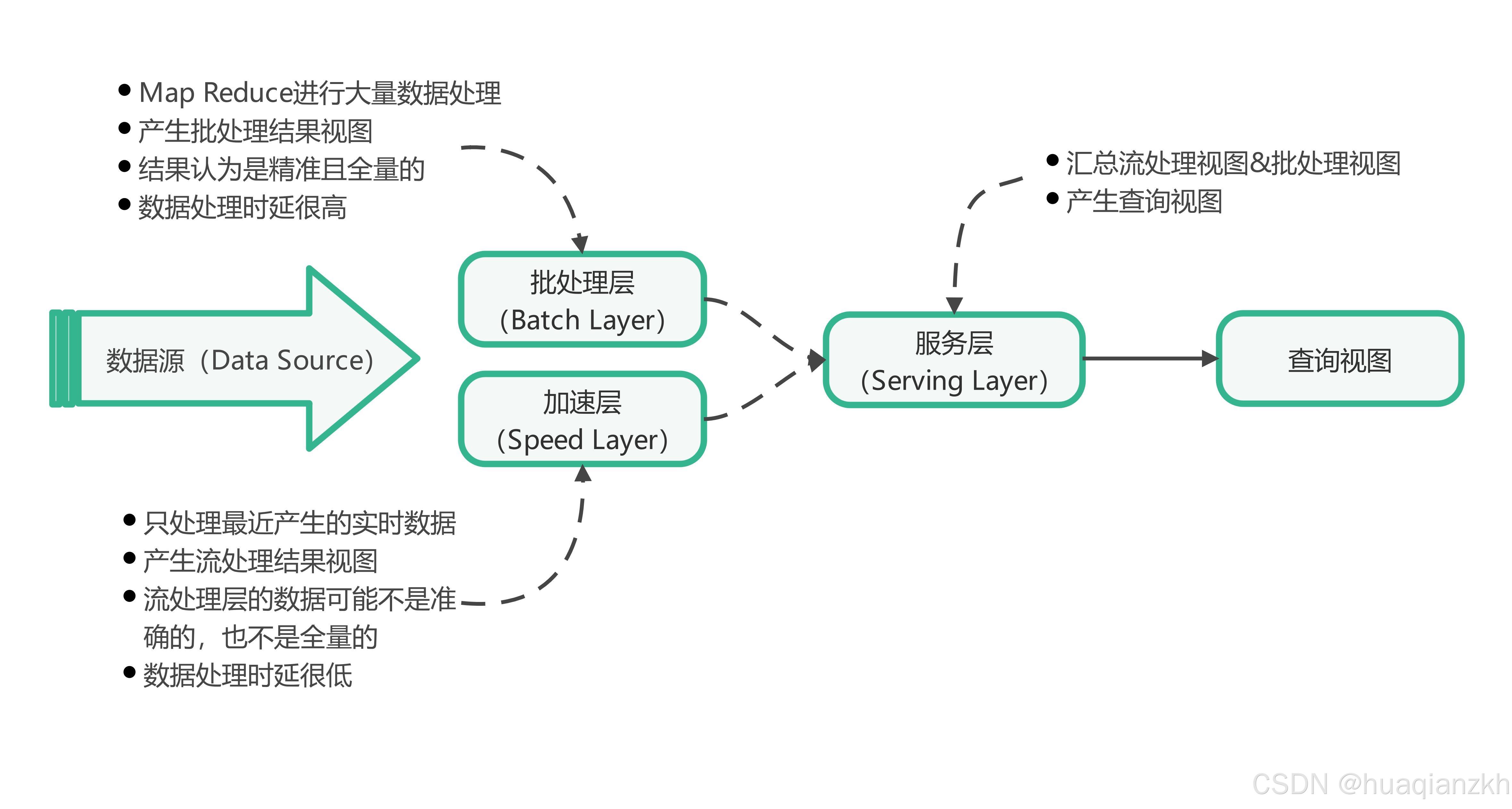新手可能有这样的疑问,有了数据库的存取方式,我们为什么还要使用Redis这种缓存数据库读取方式呢?
原因主要有以下几点:
1. 性能提升
数据库查询尤其是复杂查询可能会消耗大量的时间和资源。而Redis是一个内存数据库,读写速度非常快,可以大幅度提高应用的响应速度。通过缓存热点数据,可以减少对数据库的直接访问,从而降低数据库的负载。
2. 减少数据库负载
对于高并发的应用,频繁的数据库查询可能会导致数据库负载过高,甚至出现性能瓶颈。通过使用Redis缓存,可以将部分读请求转移到缓存中,从而减轻数据库的压力,提高整体系统的稳定性。
3. 提高数据读取速度
Redis基于内存的特性使得数据读取速度非常快,远远超过磁盘读取速度。对于一些经常被访问的数据,将其存储在Redis中可以显著提升访问速度,从而改善用户体验。
4. 支持复杂数据结构
Redis支持丰富的数据结构,如字符串、哈希、列表、集合、有序集合等,可以方便地实现各种复杂的缓存需求。比如,你可以使用Redis的哈希来存储用户信息,使用有序集合来实现排行榜等功能。
5. 可靠的持久化选项
尽管Redis是内存数据库,但它提供了多种持久化选项(如RDB快照和AOF日志),可以在一定程度上保证数据的持久性,避免数据丢失。
如果您对IDAE编辑器或者mysql的基础知识不慎熟悉,可以移步来到我之前的教程快速预览一下基础的用法,可以保证你能顺利的看下去下面的教程
SpringBoot新手快速入门系列教程四:创建第一个SringBoot的API-CSDN博客
SpringBoot新手快速入门系列教程二:MySql5.7.44的免安装版本下载和配置,以及简单的Mysql生存指令指南。-CSDN博客
1,下载安装Redis
(1)在选择Redis的版本时,通常建议使用最新的稳定版(stable version),因为它包含了最新的功能和修复,并经过了广泛的测试。
https://github.com/microsoftarchive/redis/releases

(2)运行Redis服务器
双击运行server

(3)测试连接:
另开一个命令提示符窗口,进入解压后的目录,运行redis-cli.exe,然后输入PING命令来测试连接:


2,创建项目
我们新建一个‘HelloRedis’项目

你需要添加以下依赖项:
- Spring Web(用于创建Web应用程序和RESTful服务)
- Spring Data Reactive Redis(用于与Redis进行交互)


3,项目结构
我们需要创建config、controller两个package
同时创建RedisConfig、ReactiveController两个类
解释
-
RedisConfig.java:
- 这是一个配置类,用于创建和配置
ReactiveRedisTemplate。 ReactiveRedisTemplate是用于与 Redis 进行异步和非阻塞交互的模板类。RedisSerializationContext配置了键和值的序列化方式,使用StringRedisSerializer来将键和值序列化为字符串。
- 这是一个配置类,用于创建和配置
-
ReactiveUserController.java:
- 这是一个 REST 控制器类,包含两个端点
/register和/login。 /register端点接收用户名参数,将用户名存储到 Redis 中,并返回注册成功的信息。/login端点接收用户名参数,检查用户名是否存在于 Redis 中,存在则返回登录成功的信息,不存在则返回未注册的信息。
- 这是一个 REST 控制器类,包含两个端点

4,代码展示
1,RedisConfig
package com.yuye.www.helloredis.config;import org.springframework.context.annotation.Bean;
import org.springframework.context.annotation.Configuration;
import org.springframework.data.redis.connection.ReactiveRedisConnectionFactory;
import org.springframework.data.redis.core.ReactiveRedisTemplate;
import org.springframework.data.redis.serializer.StringRedisSerializer;
import org.springframework.data.redis.serializer.RedisSerializationContext;@Configuration // 标注这是一个配置类
public class RedisConfig {// 定义一个Bean,用于配置ReactiveRedisTemplate@Beanpublic ReactiveRedisTemplate<String, String> reactiveRedisTemplate(ReactiveRedisConnectionFactory factory) {// 创建一个Redis序列化上下文,使用StringRedisSerializer来序列化键和值RedisSerializationContext<String, String> context = RedisSerializationContext.<String, String>newSerializationContext(new StringRedisSerializer()).hashKey(new StringRedisSerializer()) // 设置哈希键的序列化方式.hashValue(new StringRedisSerializer()) // 设置哈希值的序列化方式.build();// 创建并返回ReactiveRedisTemplate实例return new ReactiveRedisTemplate<>(factory, context);}
}
2,ReactiveController
package com.yuye.www.helloredis.controller;import org.springframework.beans.factory.annotation.Autowired;
import org.springframework.data.redis.core.ReactiveRedisTemplate;
import org.springframework.web.bind.annotation.GetMapping;
import org.springframework.web.bind.annotation.RequestParam;
import org.springframework.web.bind.annotation.RestController;
import reactor.core.publisher.Mono;@RestController // 标注这是一个REST控制器
public class ReactiveUserController {@Autowired // 自动注入ReactiveRedisTemplateprivate ReactiveRedisTemplate<String, String> reactiveRedisTemplate;/*** 处理用户注册请求* @param name 用户名* @return 注册结果*/@GetMapping("/register")public Mono<String> register(@RequestParam String name) {// 使用ReactiveRedisTemplate将用户名存入Redisreturn reactiveRedisTemplate.opsForValue().set(name, "registered").thenReturn("User " + name + " registered successfully"); // 注册成功后返回结果}/*** 处理用户登录请求* @param name 用户名* @return 登录结果*/@GetMapping("/login")public Mono<String> login(@RequestParam String name) {// 使用ReactiveRedisTemplate检查用户名是否存在return reactiveRedisTemplate.hasKey(name).flatMap(isRegistered -> {if (isRegistered) {return Mono.just("User " + name + " is logged in"); // 用户存在,返回登录成功信息} else {return Mono.just("User " + name + " is not registered"); // 用户不存在,返回未注册信息}});}
}
3,application.properties
spring.application.name=HelloRedis
spring.data.redis.host=localhost
spring.data.redis.port=6379server.port=80815, 启动测试项目

(1)保存
http://localhost:8081/register?name=yourName
(2)读取
http://localhost:8081/login?name=yourName



















